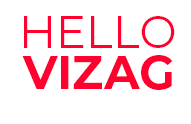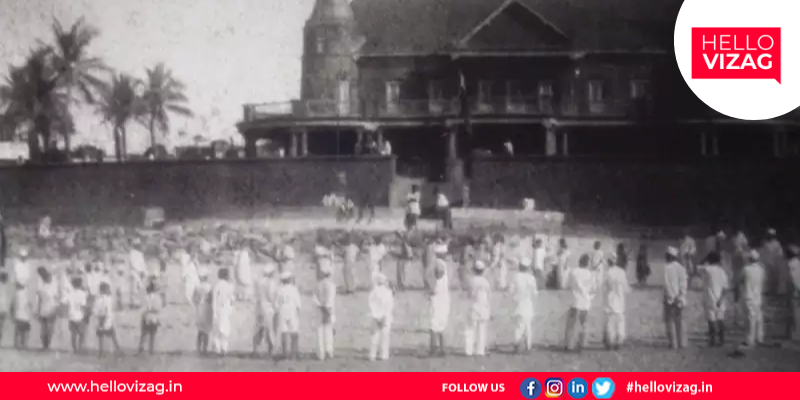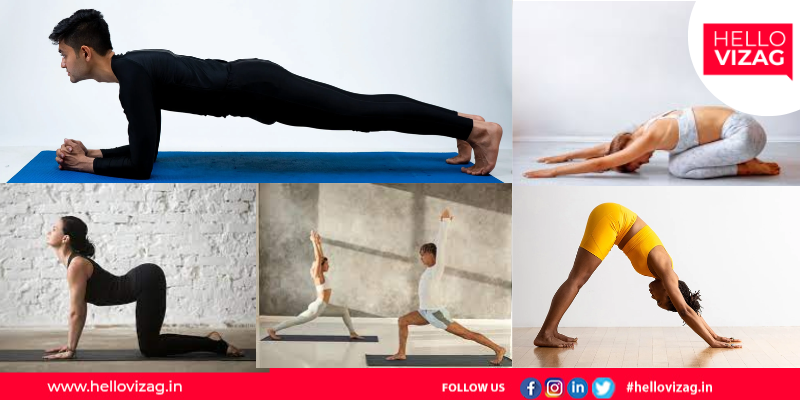The Indian Independence Movement in Vizag: A Journey Towards Freedom
The Indian independence movement was a turning point in the history of India, as it marked the end of British colonial rule in India and the establishment of an independent, democratic nation. Vizag, located in the southern state of Andhra Pradesh, played a significant role in the Indian independence movement.
The roots of the Indian independence movement in Vizag can be traced back to the early 20th century when Indian nationalist leaders such as Mahatma Gandhi and Jawaharlal Nehru began to organize and mobilize the Indian population against British colonial rule. The Indian National Congress, which was established in 1885 to represent Indian interests and promote Indian self-determination, played a key role in the independence movement in Vizag.
One of the most significant events in the Indian independence movement was the Salt Satyagraha, a nonviolent resistance campaign against British salt taxes organized by Mahatma Gandhi in 1930. In Vizag, the Salt Satyagraha involved the production and sale of illegal salt, which was seized and destroyed by British authorities. The Congress also organized a number of other nonviolent resistance campaigns, including the Quit India Movement in 1942, which called for the immediate withdrawal of British colonial rule from India.
The Indian independence movement in Vizag was marked by the emergence of several local leaders and activists, who played a crucial role in organizing and mobilizing the local population. One of these leaders was Vizianagaram Venkata Kumara Raja, who was a prominent member of the Indian National Congress and a vocal advocate for Indian independence. Raja organized a number of public meetings and protests in Vizag and the surrounding areas and was instrumental in raising awareness of the struggle for Indian independence.
The Indian independence movement in Vizag faced significant opposition from British authorities, who used a variety of tactics to suppress and subvert the movement. These tactics included arrests, detentions, and using force against protesters and activists. The British authorities also attempted to divide and weaken the Indian nationalist movement by promoting communal tensions between different religious and ethnic groups. Despite these challenges, the Indian independence movement in Vizag was ultimately successful.

 Praveena M
Praveena M




















